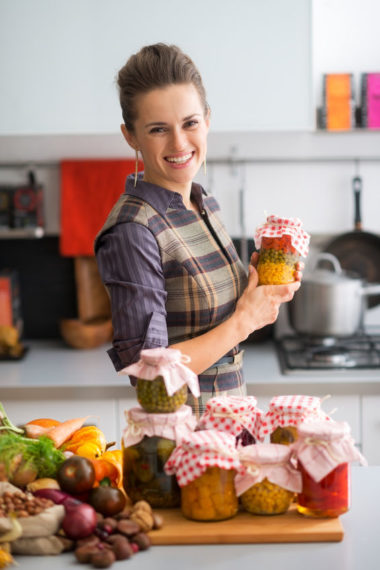
Our grandmothers and great-grandmothers knew that preserving their homegrown produce meant their families ate well during the cold, long winter months. Although these old-fashioned ways to preserve food took time, energy, and effort, their preserved food was free of harmful chemicals and preservatives. That’s probably why many of these food preservation techniques are still used today.
To help support our blogging activities, our site contains affiliate links. If you make a purchase from a link on our site, we may receive a small percentage of that sale, at no extra cost to you. Blessed Beyond Crazy is a participant in the Amazon Services LLC Associates Program, an affiliate advertising program designed to provide a means for sites to earn advertising fees by advertising and linking to amazon.com.
Food Waste
By now you probably have read that my mother was a high school home economics teacher for nearly 23 years. Early on, she taught me how to perform basic things such as sewing, cooking, and gardening.
She also taught me to live a frugal lifestyle, which includes food preservation. Rather than throwing away leftovers, she taught me how to reuse them. It’s surprising just how much money a person can save in the long run. All it takes is a little imagination, time, and effort.
In today’s post, let’s take a look at 5 Old-Fashioned Ways to Preserve Food.
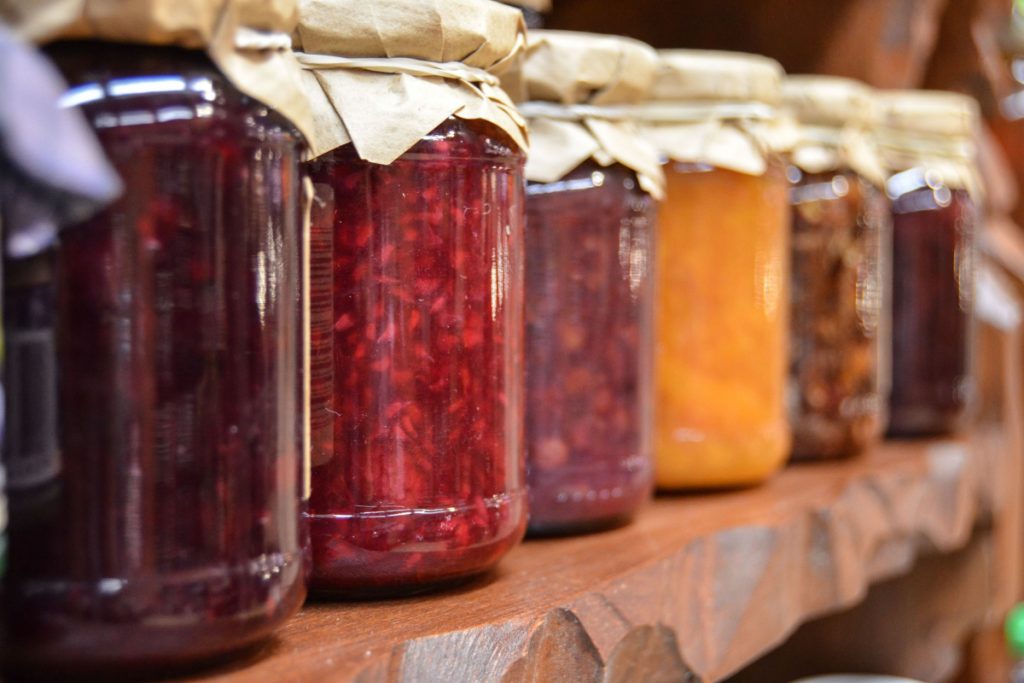
Canning
In my opinion, canning is probably one of the healthiest ways to preserve food and a food preservation method my mom and I have used for years. This technique requires heat, a pressure cooker or pot full of water and sterilized canning jars, and canning lids and rings. There are two basic canning methods: water bath and pressure canning.
Fresh, ripe produce should be canned as soon as possible since the combination of air, water, microorganisms-bacteria, molds, yeasts, and enzymes can cause fresh produce to spoil rather quickly. To prevent spoilage, it’s important to sterilize your canning jars and lids, have the proper heat temperature and obtain a tight seal between the jars and canning lids. The vacuum formed within the jar will keep liquid in and harmful microorganisms and air out.
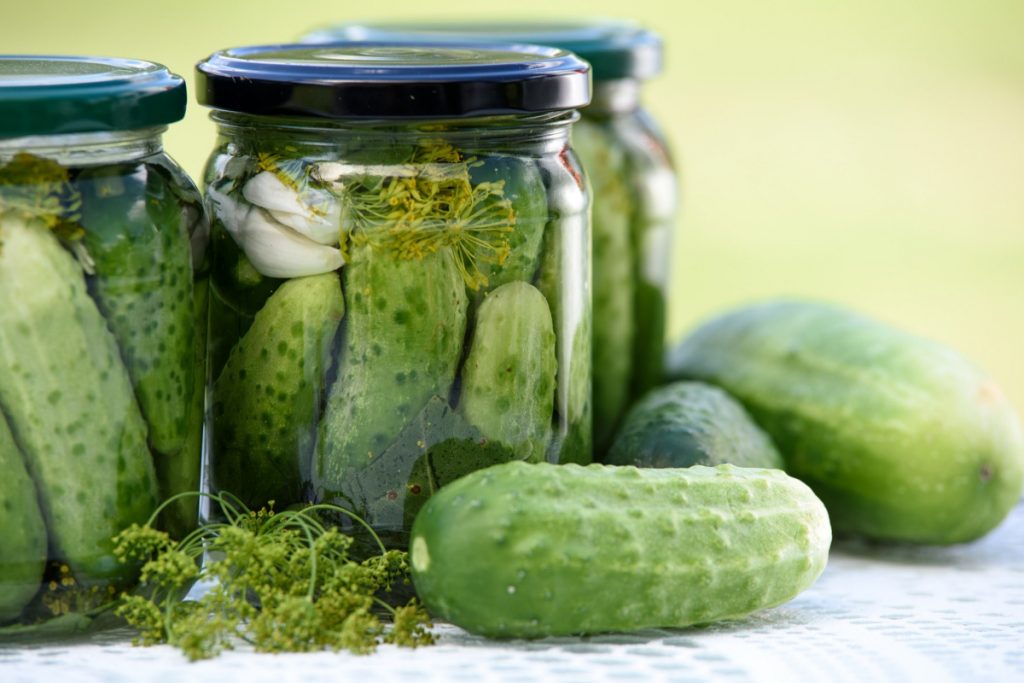
Pickling
Pickling is another food preservation method that requires soaking food in a mixture of vinegar, spices, and salt. Pickled food undergoes a fermentation process which results in savory flavors while maintaining the texture of the food. During this food preservation process, the color and flavor of the food change, and acidity increases. To prevent the growth of harmful bacteria, it’s important to have a uniform level of acid throughout the foodstuff.
- Pickle Science: How to Master the Preserving Power of Acids
- Let’s Preserve: Quick Process Pickles
- How to Pickle Anything (No Canning Necessary
- Preparing and Canning Fermented and Pickled Foods
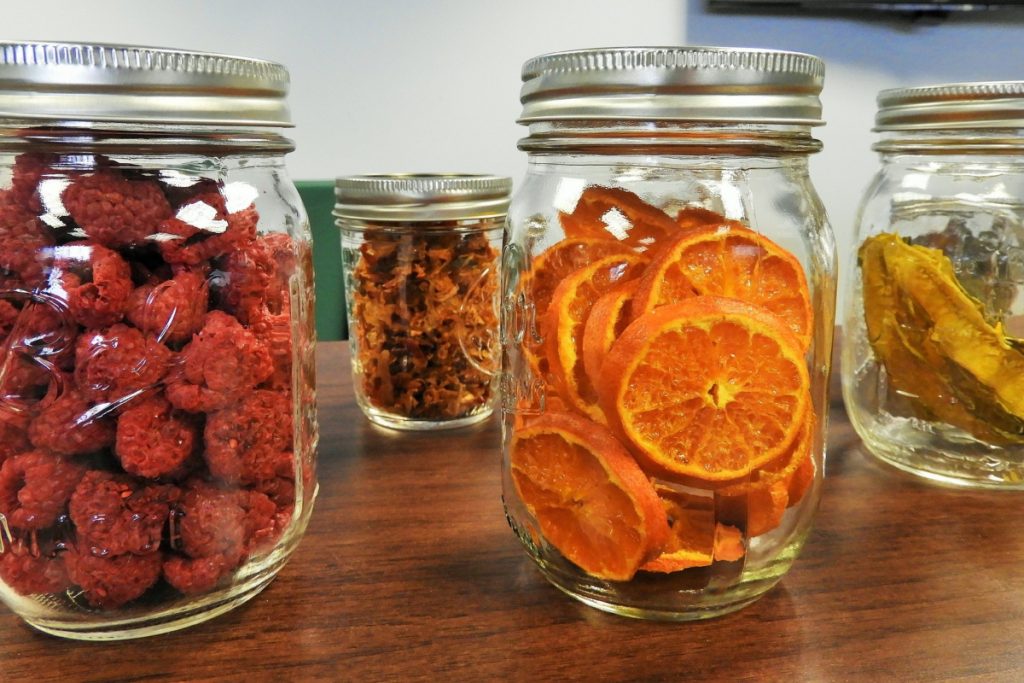
Drying
Dehydration is one of the oldest food preservation methods known to man and can be used to preserve fruits, vegetables, herbs, and meats (think beef jerky, croutons, and fruit leathers). In ancient times, people used the sun, wind, and smoking techniques to naturally dry their food. Today, freeze-drying, dehydrators, toaster ovens, and regular ovens can be used to dry foods.
- How Do I Dry Food/Food Preservation
- Dehydrate Food Without a Dehydrator
- Top 17 Healthy Dehydrated Food Recipes You Can Make This Winter
- Food Dehydrating 101
- How to Dry Fresh Herbs Using a Dehydrator
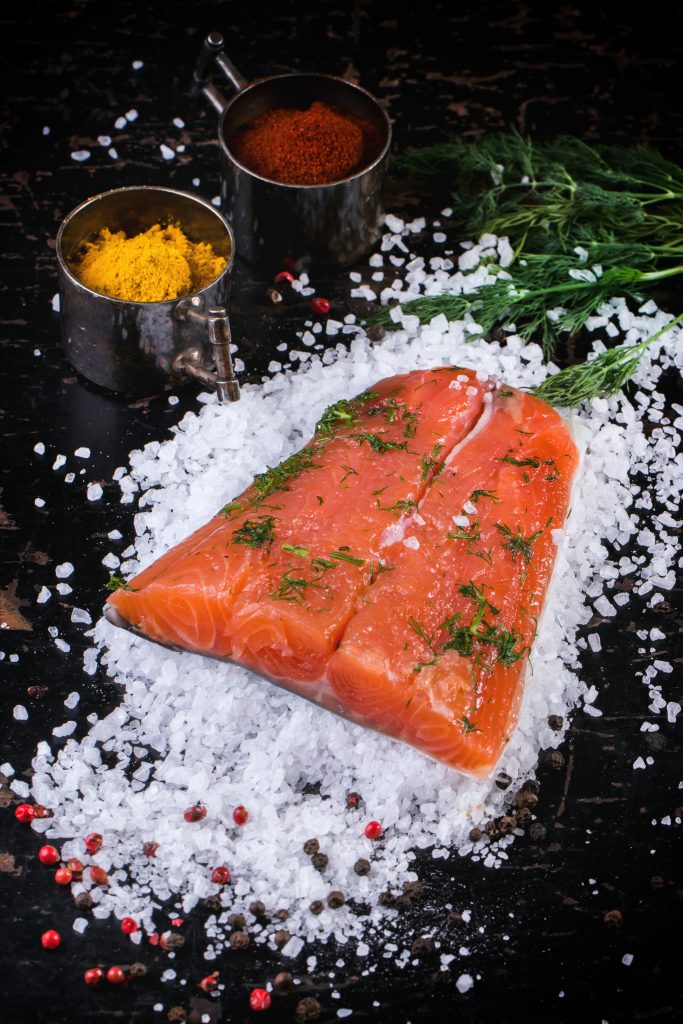
Salting
Salting or salt curing is yet another old-fashioned food preservation method that is primarily used for preserving meats and fish. Salt curing inhibits or prevents the growth of food-borne pathogens by drawing out moisture in food through osmosis. Since harmful bacteria, fungi, and other pathogenic organisms are deactivated, food stays preserved for months.
- Curing Meats for Home Preservation
- A Guide to Salting Food Preservation
- How do Salt and Sugar Prevent Microbial Spoilage?
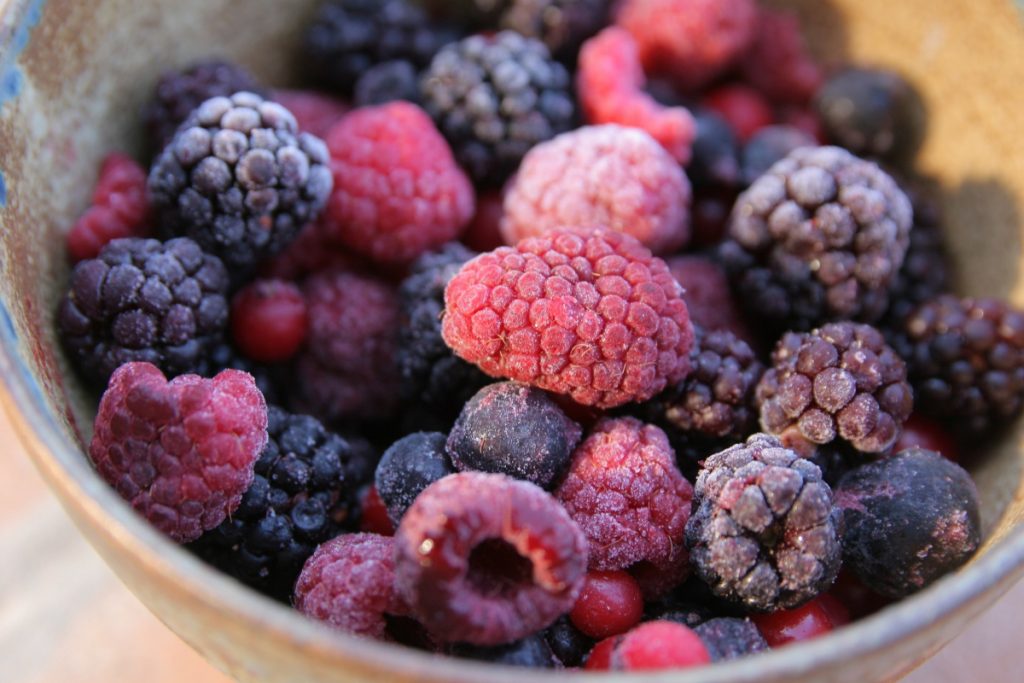
Freezing
Freezing preserves and keeps food safe by preventing the growth of micro-organisms that can cause spoilage and foodborne illness. The freshness and quality of your fruits and vegetables at the time of their freezing will affect their condition later. In order to maintain optimum quality, freeze food as fast as possible after packaging it and use it within one year.
Generally, fruit is rinsed, dried, placed in a single layer on a baking sheet, and placed in the freezer. When frozen solid, it is then placed in freezer baggies and kept frozen until needed.
Vegetables are another story because they require a crucial heating process called blanching before they can be frozen. The blanching process cleanses the surface of dirt, and organisms and stops the enzymatic degradation of the food resulting in loss of flavor, color, and textures. In addition, blanching helps retard the loss of vitamins and softens the vegetables for easier packing. Blanching times vary depending on the type and size of vegetables.
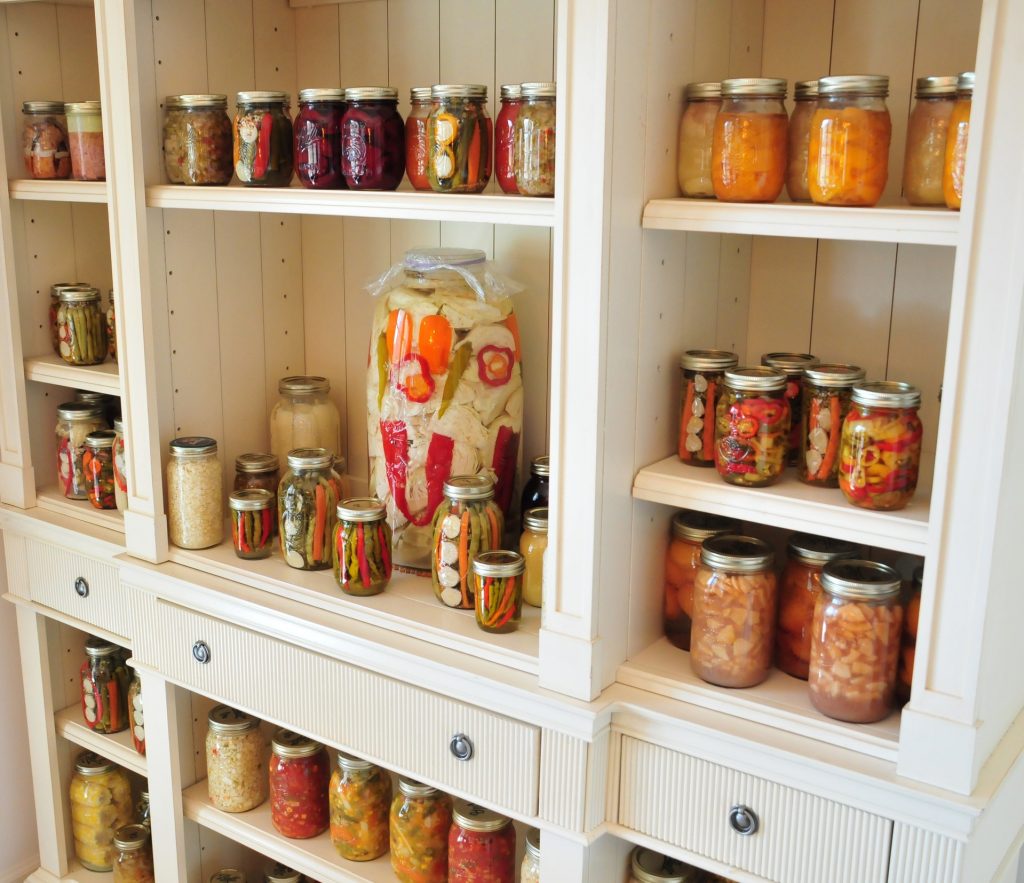
Storage
Preserving food can be highly rewarding, financially beneficial, and a great way to always have a pantry or freezer full of yummy food supplies. In addition, home-canned and pickled goods, dried and salted foods along with frozen produce make wonderful DIY gifts for family and friends. (Think homemade beef jerky, a jar of strawberry preserves, or pickled beets.)
Personally, I think it’s good to know these 5 Old-Fashioned Ways to Preserve Food.
Have fun preserving your food and saving money at the same time!
Linda
More great ideas:
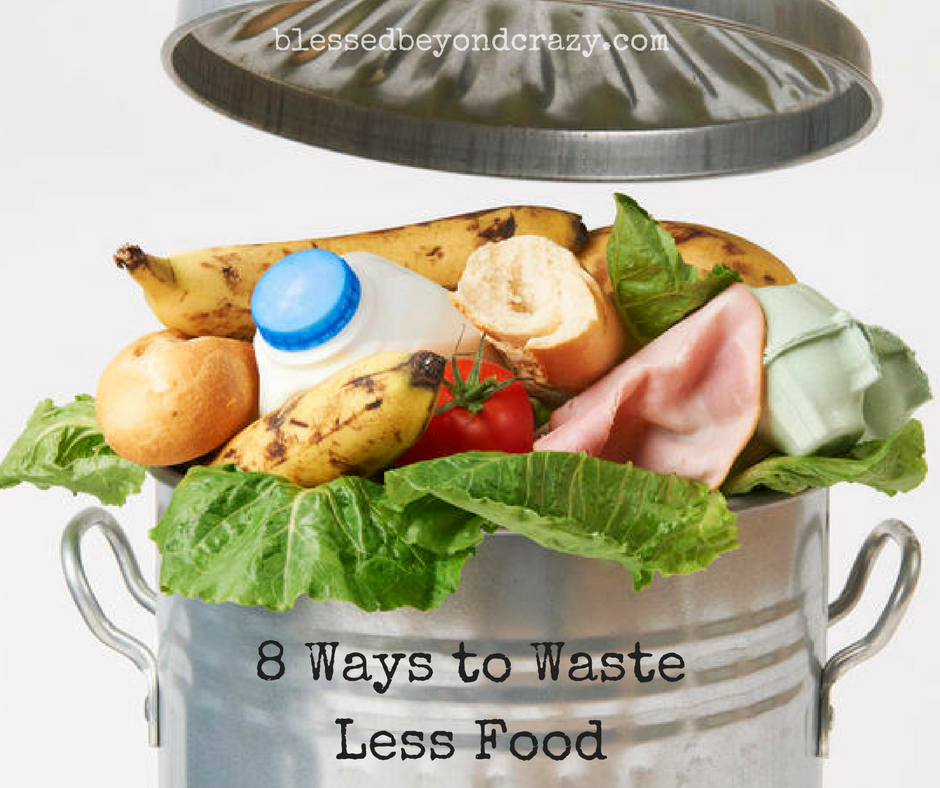
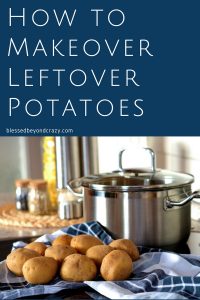
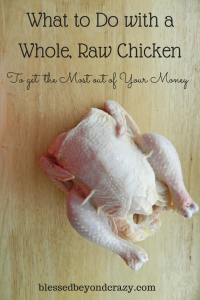
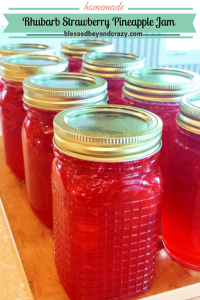
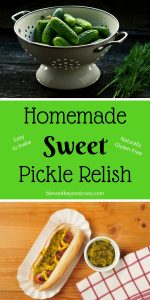
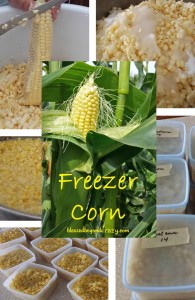
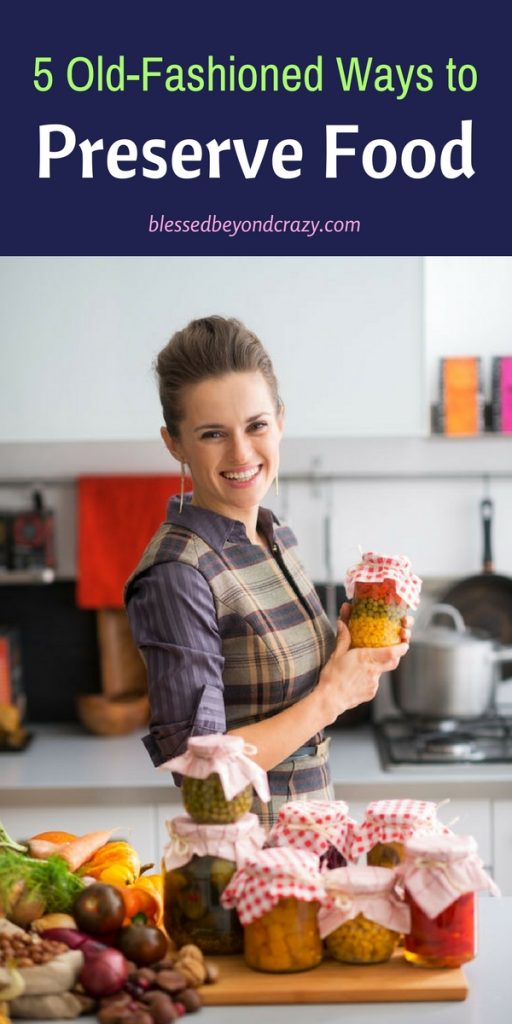
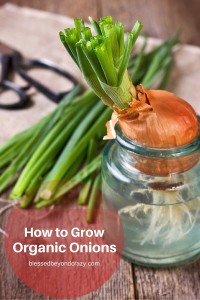
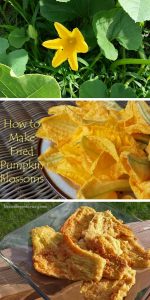
Emma says
Blessed Beyond Crazy says